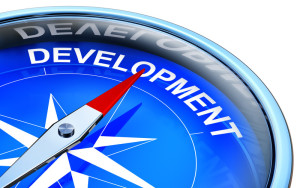#Balanceforbetter – what a great hashtag! That’s the theme for International Women’s Day 2019. While it’s celebrated on March 8 each year, the global campaign continues all year long as it should.
I remember celebrating International Women’s Day back in the 70’s during the height of the women’s movement. With the increased focus on gender equity it has become much more mainstream.
International Women’s Day is a global day celebrating the social, economic, cultural and political achievements of women. The day also marks a call to action for accelerating gender parity. According to the website, International Women’s Day (IWD) has occurred for over a century, with the first IWD gathering in 1911 supported by over a million people in Austria, Denmark, Germany and Switzerland. Prior to this the Socialist Party of America, United Kingdom’s Suffragists and Suffragettes, and further groups campaigned for women’s equality.
And March is Women’s History Month. According to the Women’s History Month website this month had its origins as a national celebration in 1981 when Congress passed a bill authorizing and requesting the President to proclaim the week beginning March 7, 1982 as “Women’s History Week.” In 1987 after being petitioned by the National Women’s History Project, Congress passed a bill which designated the month of March 1987 as “Women’s History Month.”
I’ve been seeing a lot of women’s events and webinars promoted on social media channels. Webinars and live webcasts I’ve registered for this week include:
- The State of Women at Work
- Women in Technology Role Models: A Global Perspective
- Tech She Can: Together we can change the ratio
It took me a minute to realize that live webcasts at 5 AM weren’t a mistake. With international events online, that’s the middle of the day somewhere in the world. The good news is that they are all available on-demand afterwards at BrightTALK. Continue reading








